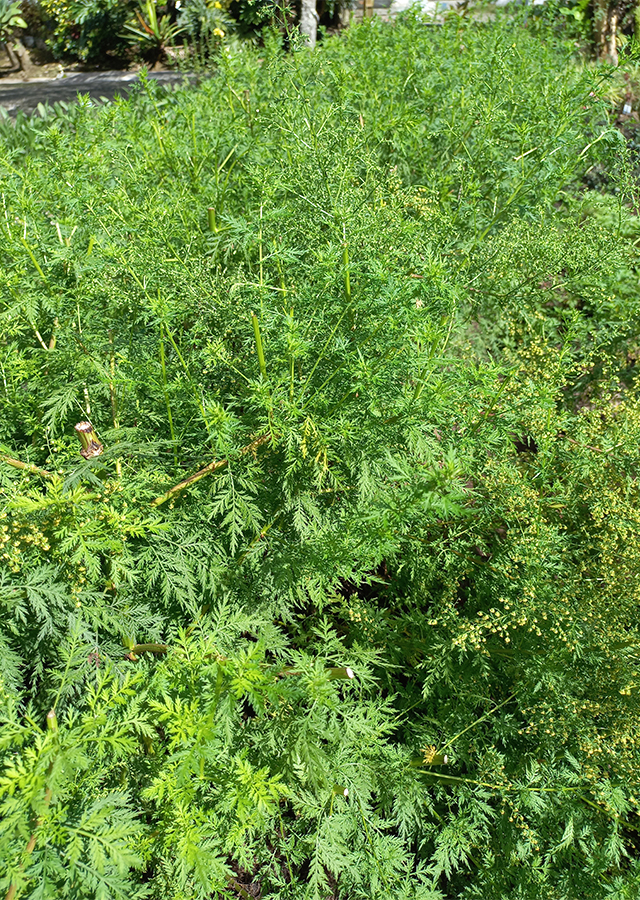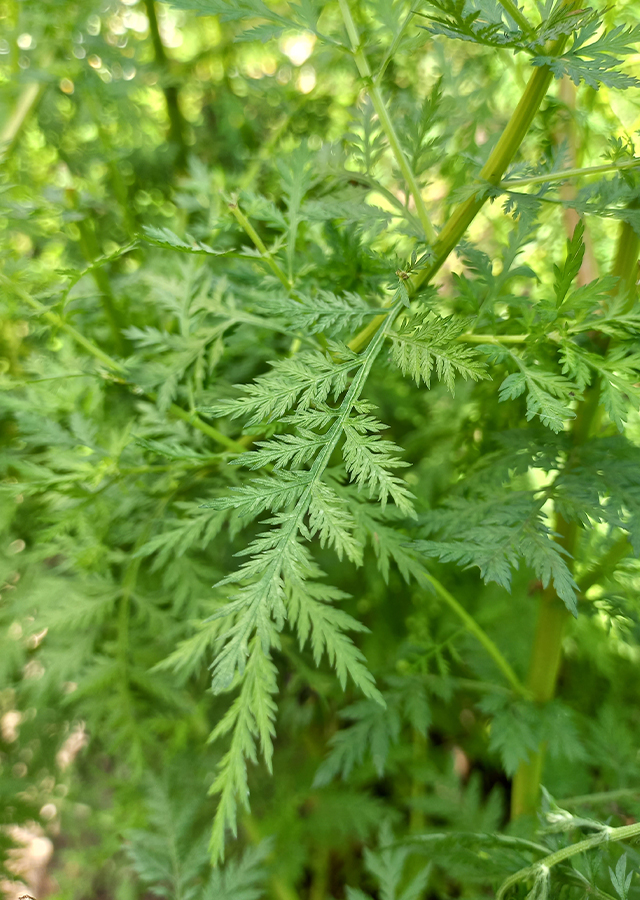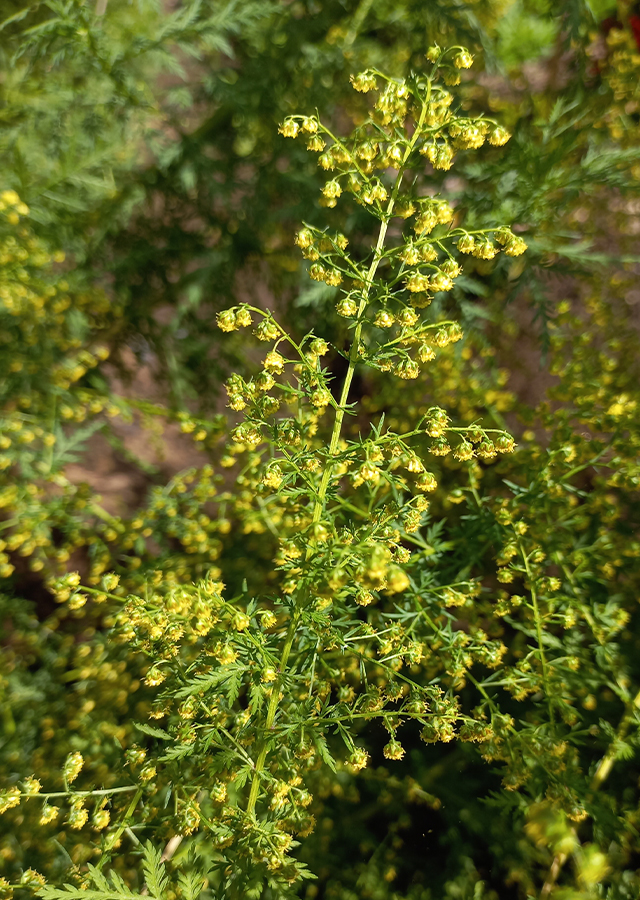Sweet Wormwood
Artemisia annua L.
Asteraceae
Location in our garden
Principal



Synonym
Artemisia annua f. macrocephala Pamp.
Artemisis suaveolens Fisch.
Artemisia hyrcana Spreng.
Habitus
Herbaceous. An aromatic herb, annual, up to 30–100 cm tall
Part Used
Leaves
Seeds
The Whole Plant
Growing Requirements
Full Sunshine
Drought Resistant
Habitat
Roadside
Terrestrial
Overview
Artemisia annua is an aromatic herb that native to China long used both ornamentally and for medicinal purposes. A. annua is now cultivated globally as the only source of a potent anti-malarial drug, artemisinin.
Vernacular Names
No found data on this. Need further research.
Agroecology
This plant grows in the middle plains to the mountains at an altitude between 800-2,300 m above sea level, and at an altitude of 2,000 - 3,700 m above sea level in China. Usually found scattered on hillsides and grows well on forest edges, roadsides, wastelands, deserts, rocky slopes. Prefers open and sunny places with well drained fertile soil, sandy and alluvial soil. Prefers pH between 4.5 - 8.5.
Morphology
- Roots - taproot, has many lateral roots.
- Stems - erect, ribbed, green-brown or purple-brown, cylindrical, often branched above, fractures easily.
- Leaves - compound, 3-pinnatisect, upper leaves are 1-2-pinnatisect and smaller. The location is alternating, dark green or brownish green, oval, pointed tip, curled and easily wrinkled, bald. Has a characteristic aromatic odor, slightly bitter taste.
- Flowers - compound, has a small flower head (capitula) spherical, 2-2.5 mm in diameter and arranged in loose panicles. The involucre (a series of bracts around the flower head) consists of hairless, overlapping bracts. The outer bracts are green and linear-oval. The inner bracts are glossy and oval-rounded. The flower head is disc-shaped, and consists of an outer filiform floret (female) and an inner disc floret (bisexual). The central disc florets are greenish or yellowish in color. The crown is tubular.
- Fruits - achene, no pappus, small, thin-walled, obovoid, yellow-brown, glabrous, and contains one seed.
- Seeds - oval, yellow-brown in color with a shiny surface characterized by vertical grooves, the endosperm of the seed is creamy white.
Cultivation
Propagated by seeds - seeds are generally sown and maintained in nursery beds. After 40-50 days (having reached 15-20 cm) the seedlings are planted in the field.
Chemical Constituents
Sesquiterpenoids (artemisinin, artemisinin I, artemisinin II, artemisinin III, artemisinin IV, artemisinin V, artemisic acid, artemisilactone, artemisinol, and epoxyarteannuinic acid), essential oils (camphene, β-camphene, camphene hydrate, isoartemisia ketone, 1-camphor, β-caryophyllene, β-pinene, 1,8-cineole), flavonoids, coumarins, and steroids (β-sitosterol and stigmasterol).
Traditional Medicinal Uses
- Treats malaria and jaundice.
- Reduces fever.
- Treats colds, diarrhea, boils and abscesses, anorexia, flatulence, dyspepsia, tuberculosis, headaches, nosebleeds.
- Has analgesic, antipyretic, and antibacterial and anti-inflammatory activities.
Part Used
Reference Sources
- Royal Botanic Gardens. 2021. Plants of the World Online: Artemisia annua L. http://powo.science.kew.org/taxon/urn:lsid:ipni.org:names:304416-2. 15-01-22.
- Useful Temperate Plants Database. 2021. Artemisia annua. http://temperate.theferns.info/plant/Artemisia+annua. 15-01-22.
- World Health Organization. 2006. WHO monograph on good agricultural and collection practices (GACP) for Artemisia annua L. World Health Organization. 15-01-22.


